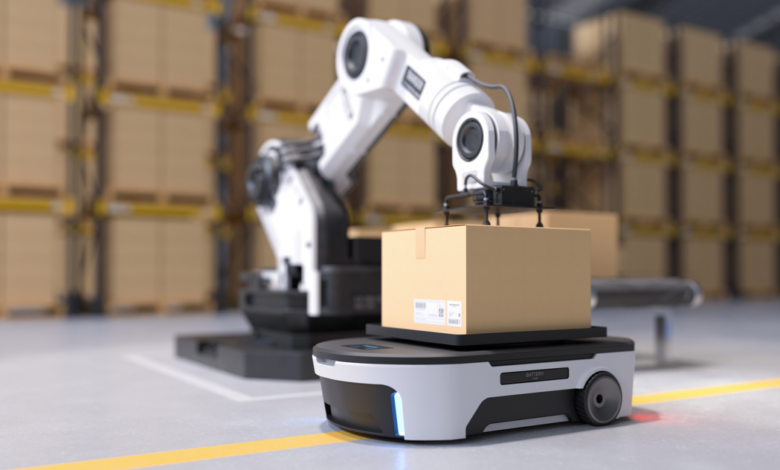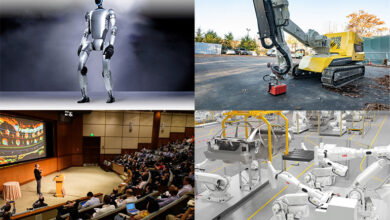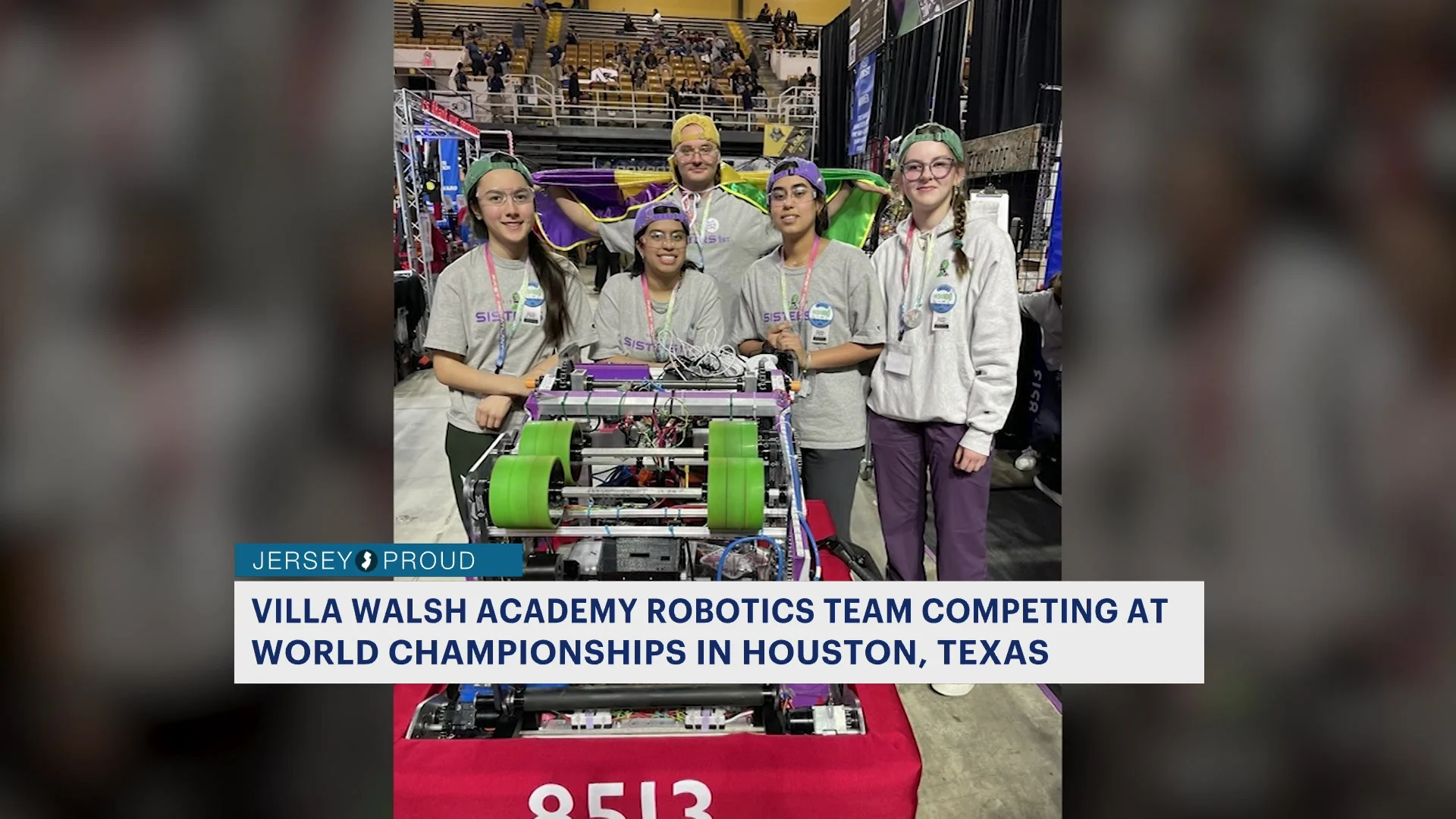The Engineer – Digital twins used to improve built environments for robots

According to the researchers, current methods of examining robot interaction with built environments – such as cities, buildings and walkways – involve real-life testing and physical experiments that are costly, time-consuming and labour intensive.
To address these limitations, lead researcher Associate Professor Mohan Rajesh Elara from SUTD and his team utilised digital twins to establish the usefulness of built environment design guidelines for robots.
The researchers also modelled robot archetypes and environments as digital twins to examine specific robot behaviour within these environments.
“Ensuring that robots can navigate and operate effectively within built environments is crucial for their widespread adoption and acceptance,” Assoc Prof Mohan said in a statement.
“The digital twin approach offers several key advantages, including the ability to simulate real-world scenarios, enable virtual testing of robot interactions, and provide insights into compliance with design guidelines before physical implementation.”
An overview of the digital twin system proposed for evaluating robot-inclusivity in the built environment – SUTD
The methodology, which the researchers divided into three phases, was also used for real-time monitoring, hazard identification and training a robot’s algorithm before deployment.
Firstly, the researchers conducted on-site documentation of the environment. If performed during a building’s design process, data can be collected from the Building Information Modelling (BIM). When a building has already been constructed, laser scanning or photogrammetry techniques can be used to generate point cloud data for processing.
Second, digitisation focused on making the built environment’s digital model suitable for the robot simulation software. In this step, point cloud data can be reconstructed into a digital space and used to generate 3D models of the built environment.
Finally, the digital model was designed and analysed. Using the digitised model of the environment in the robot simulation software, the behaviours and interactions of various robots can be tested within the environment. Virtual scenarios were made based on existing design guidelines of built environments, and the robots assessed on their navigation, path planning, and interaction with the surroundings.
In one case study, Assoc Prof Mohan used digital twins to test four different cleaning robots in six different environments that adhered to Accessibility Design Guidelines.
Of the four robots, one completed the most goals and performed the best in the simulated environments. The researchers noted that robot inclusiveness does not always translate to robot performance efficiency, but that an inclusive environment does promote better accessibility for robots, allowing them to complete their tasks properly.
With robots increasingly being used in urban applications such as cleaning, logistics, and building maintenance, this study’s findings aim to help improve design guidelines for built environments to accommodate and enhance the use of robots in human-centric spaces.
Looking ahead, the research team aims to extend the current methods and autonomously generate the infrastructure modifications required to improve the accessibility of mobile robots through the use of design, AI and technology. Assoc Prof Mohan also hopes to develop a set of design guidelines and recommendations for building robot-friendly infrastructure.
The research paper, ‘Enhancing robot inclusivity in the built environment: A digital twin-assisted assessment of design guideline compliance,’ can be read in full here.



